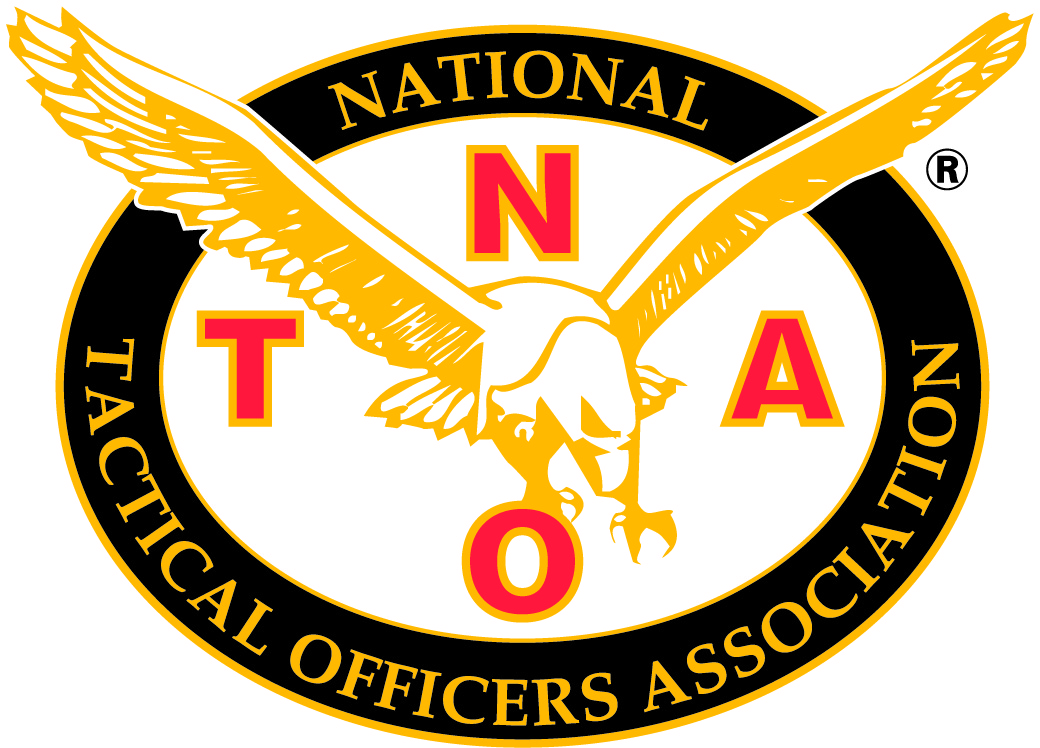
The National Tactical Officers Association (NTOA) is pleased to introduce a brand new five-day SWAT Commander II course to its training course roster. This course was first introduced at the 31st Annual NTOA Tactical Operations Conference and Trade Show, held in Mobile, Alabama in September. The course took two years of development by the NTOA cadre to create a new learning experience for commanders and their professional training path, moving toward a more academic offering.
The SWAT Commander II course is designed as a follow-up to the SWAT Command Decision-Making and Leadership course. A comprehensive array of topics will be discussed which will aid students in their role as leaders within their units and agencies. The class includes intensive academic and theoretical components. Students will conduct research, participate in analytical discussions and produce written documents.
For those interested in attending a future SWAT Commander II course, the instructional blocks, along with a brief description of what to expect, are listed as follows:
- Command Responsibilities During Officer-Involved Shootings: This block will provide insight into the commander’s responsibilities and provide a framework to assist them in their duties after an OIS incident. At the conclusion, students will be able to develop a protocol to follow, unique to their department, utilizing the framework provided and if desired, develop a checklist from the protocol to ensure that all required command responsibilities have been addressed.
- Problem Solving, Analytical Thinking and Decision-Making: This section explores problem solving methods and provides an opportunity to utilize several methods to solve issues or problems that the commander or team may be experiencing. Students will be able to apply one or more of the problem solving methods they have learned to future problems, show an understanding of how problem solving can be utilized during operational planning, apply problem solving techniques to assist in decision-making during an ongoing operation and develop checklists for different situations to enable consideration of alternatives.
- Understanding the Relationship between Tactics and Tempo – Incident Response Strategies and Theory: Provide insight into and facilitate discussion about what is termed “operational art.” At the conclusion of this block, commanders will understand the relationship between tactics and tempo, the importance of the human dimension in conflicts, how to analyze a suspect from a strength and vulnerability standpoint, how to formulate a desired outcome for an incident, plan and assign missions based upon the desired outcome and establish a process to follow to achieve that outcome.
- Advanced Topics in Leadership: Upon completion of this segment, commanders will be able to identify and distinguish between basic aspects of several modern leadership theories and models; understand the relationship between effective leadership and other critical aspects of their position as a SWAT commander, such as ethical decision-making and motivation; recognize the important role that emotional intelligence plays in their role as a commander; and create a comprehensive model / proposal for positive organizational change within their team or agency.
- Art and Strategy of Deposition Testimony: Commanders will discuss depositions and the discovery process, complete a framework for testimony preparation for a civil trial, perform some brief legal research, analyze the opposition’s position and possible strategy and learn several artifices that an attorney may utilize while deposing them.
- Maximizing Training: This part of class will present adult-learning methods and training taxonomy, and will provide commanders with ideas for improving the structure and delivery of training, as well as ways to maximize the training hours to obtain the most benefit. To accomplish this, the class will learn how to differentiate between team, squad and individual tasks and skill sets, deconstruct a training block to its basic level of skill sets and then demonstrate how to construct a building block training system to incorporate individual, squad and team skills. Further, commanders will discuss what is meant by “automaticity” and how it relates to performing simultaneous skills. The class will also briefly discuss proper documentation of training.
- Multi-Agency Collaboration, Training and Operations for SWAT: This will provide insight, discussion and aid in preparing a framework for students to enhance coordination and response among SWAT teams within their self-identified regions for training and operational purposes. Commanders will identify the various types of potential missions that would benefit from a multi-agency SWAT team response, identify SWAT assets and resources within their self-defined region, create an SOP and response framework for multiple agency SWAT teams within their region to operate under during training and missions and create a multi-agency SWAT joint-training plan outline for their region.
- Planning the SWAT Component of Large Operations: This block will supply a framework for commanders to incorporate the SWAT component into large-scale operations (such as G-20, sporting events, etc.). At the conclusion, commanders will be able to identify the critical mission areas of a large operation, utilize the framework to staff out the missions, identify the logistics needed to support the missions and identify contingency issues that need to be addressed.
For more information on this course, contact training@ntoa.org or call 800-279-9127 ext 2. For more information on the National Tactical Officers Association visit www.ntoa.org or call 800-279-9127.


